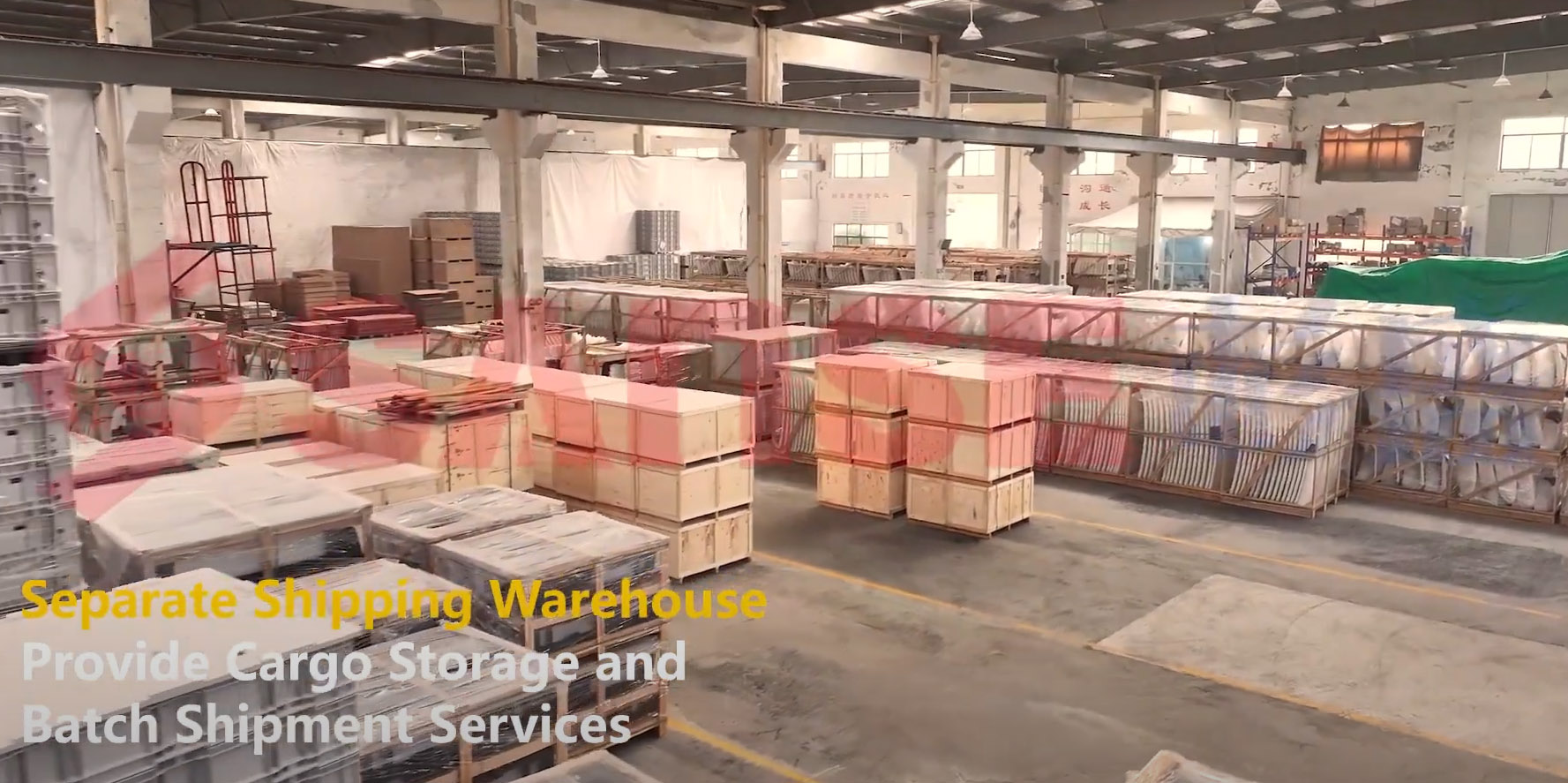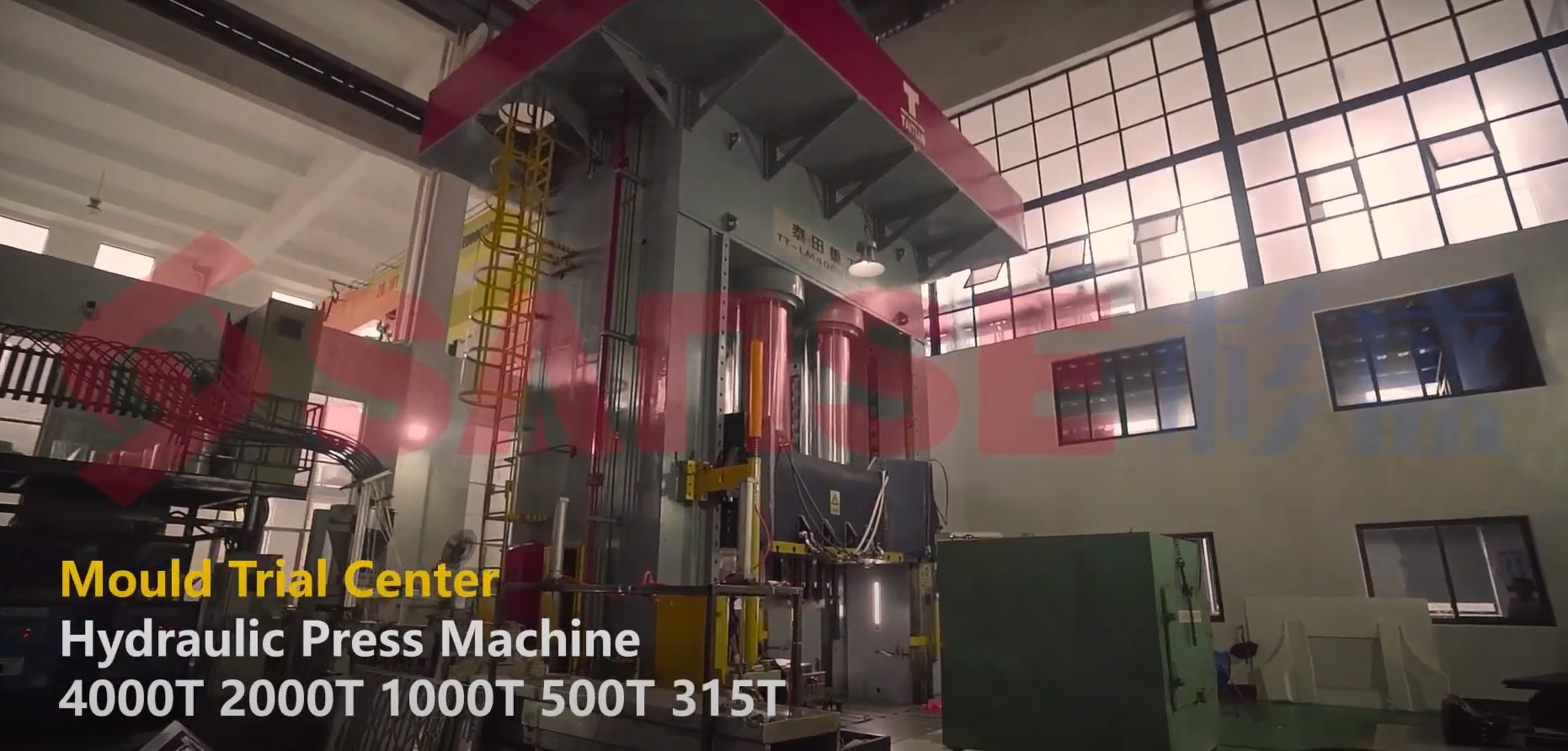Compression molding is a manufacturing process that has revolutionized the production of various parts and products across multiple industries. This process involves placing a preheated polymer, often in the form of a "charge" or "slug," into a heated mold cavity. The mold is then closed with a top force or plug member, and pressure is applied to force the material into all areas of the mold. Heat and pressure are maintained until the molding material has cured, after which the mold is opened, and the finished part is removed. This article explores the wide range of applications for compression molding, highlighting its significance in various sectors.
Automotive Industry
One of the primary users of compression molding is the automotive industry. This sector relies heavily on the process for manufacturing high-strength, lightweight parts. Compression molding is ideal for producing large, intricate components such as:
- Bumpers: These are crucial for absorbing impact in the event of a collision, and compression molding ensures they are strong yet lightweight.
- Dashboards: The process allows for the creation of durable, aesthetically pleasing dashboards that can withstand regular wear and tear.
- Engine Covers: These need to be resistant to high temperatures and chemicals, making compression molding an excellent choice due to the high-performance materials used.
- Interior Panels: These panels benefit from the high-quality surface finish that compression molding can achieve, providing both durability and a pleasing appearance.
Aerospace Industry
In the aerospace industry, the demand for lightweight, high-strength materials is even more critical. Compression molding is used to manufacture components that must endure extreme conditions without adding significant weight. Examples include:
- Structural Components: These are essential for the integrity of the aircraft and must be both strong and lightweight.
- Interior Parts: Seats, tray tables, and overhead compartments are often produced using compression molding to ensure they are durable and lightweight.

Electrical and Electronics
Compression molding is extensively used in the electrical and electronics industries due to its ability to produce components that must meet strict standards for insulation and durability. Applications in this sector include:
- Insulators: These are crucial for preventing electrical faults and ensuring safety.
- Switches and Connectors: These components must be reliable and durable, often requiring precise manufacturing that compression molding can provide.
- Encapsulations: Protecting sensitive electronic components from environmental factors such as moisture and dust is critical, and compression molding offers a robust solution.
Consumer Goods
The consumer goods sector benefits greatly from compression molding, which allows for the mass production of high-quality, durable products. This process is used to manufacture a variety of items, including:
- Kitchenware: Products like spatulas, handles, and cutting boards can be made efficiently and cost-effectively.
- Sporting Goods: Equipment such as helmets, protective gear, and various accessories benefit from the strength and durability provided by compression molding.
- Household Items: Items such as electrical covers, knobs, and other plastic components are often produced using this process.

Medical Devices
The medical industry demands precision and reliability, making compression molding a suitable method for producing medical devices and components. Applications include:
- Surgical Instruments: Handles and other components of surgical tools need to be sterile, strong, and ergonomically designed.
- Medical Enclosures: Devices that protect sensitive medical equipment from contamination.
- Orthopedic Products: Compression molding is used to create prosthetic devices and supports, providing the necessary strength and durability.
Advantages of Compression Molding
The versatility of compression molding is matched by its numerous advantages, which include:
- Cost-Effectiveness: Particularly for large production runs, compression molding can be more economical than other methods.
- Material Versatility: This process can utilize a wide range of thermosetting resins and composite materials.
- High Strength and Durability: The parts produced are often stronger and more durable than those made by other methods.
- Precision: Compression molding allows for the production of complex parts with tight tolerances.
- Surface Finish: The process provides a high-quality surface finish, reducing the need for additional processing.
Conclusion
Compression molding is a highly versatile manufacturing process that plays a critical role in numerous industries, from automotive and aerospace to consumer goods and medical devices. Its ability to produce high-strength, lightweight, and durable parts makes it indispensable in applications where performance and reliability are paramount. As technology and materials continue to advance, the applications and capabilities of compression mold are likely to expand even further, solidifying its place as a cornerstone of modern manufacturing.
